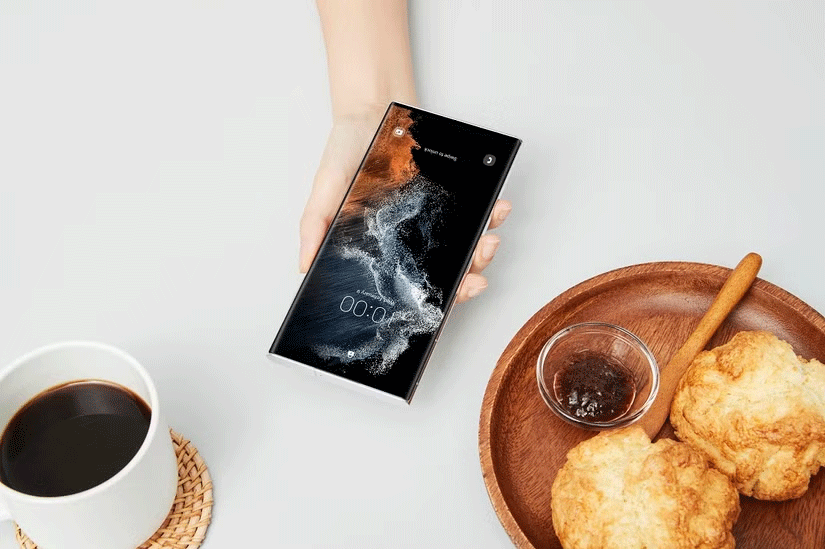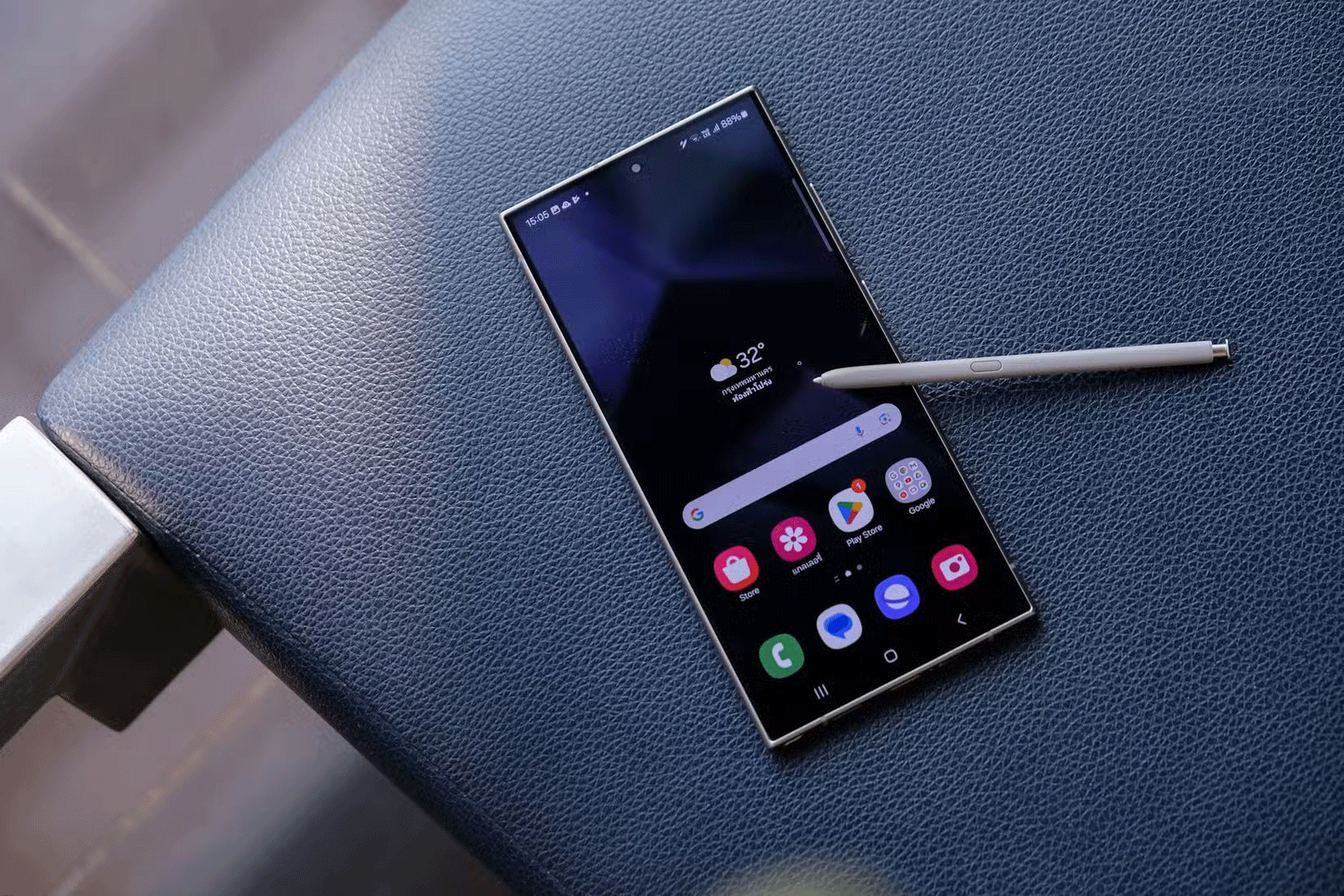What is LTPO? Is it better than AMOLED?
LTPO is a display technology that combines power efficiency with adaptive refresh rates, making it ideal for high-end smartphones. LTPO is replacing AMOLED, which has been the standard in the high-end segment for years. But what exactly is LTPO and is it better than AMOLED?
What is LTPO?
LTPO stands for Low-Temperature Polycrystalline Oxide. However, the full name doesn't reveal much about the technology. LTPO is a backplane technology for OLED displays that allows the display to dynamically change its refresh rate depending on a variety of conditions. In this case, conditions refer to what the user is doing.
For example, if you're playing an intense game like Call of Duty Mobile, your display needs to keep up with fast motion. In that case, the LTPO display will increase the refresh rate to meet your needs. You don't need the higher refresh rate when you stop playing the game and start doing mundane things like scrolling through social media content, so the display will slow down the refresh rate.

LTPO technology has become the norm for flagship phones. The OnePlus 12 and Samsung Galaxy S24 Ultra are among the first smartphones to feature it. To demonstrate how it works, let's take the OnePlus 12 as an example.
Its 6.82-inch 120Hz LTPO AMOLED panel refreshes dynamically between 1Hz and 120Hz. It uses the full 120Hz when performing active tasks and switches to 10 or 30Hz when watching videos. And if you're viewing photos or reading text, the screen slows down to 1Hz.
How does an LTPO display adjust its refresh rate dynamically?
Conventional AMOLED displays use low-temperature polycrystalline silicon (LTPS) in the thin-film transistors (TFTs) that make up the display backplane. LTPO AMOLED panels instead use a combination of LTPS TFTs to manage the switching and another material to drive the display. This allows LTPO panels to dynamically change their refresh rate.
Apple uses LTPS TFT combined with Indium Gallium Zinc Oxide (IGZO) TFT. Samsung also has proprietary technology for LTPO AMOLED panels, using a combination of LTPS TFT, Hybrid-oxide and Polycrystalline silicon (HOP).
Advantages of LTPO display technology

Once high refresh rate smartphone displays became a reality, smartphone manufacturers ran into a problem – reduced battery life. While smartphones have traditionally had poor battery life, increasing the refresh rate to 90Hz, 120Hz, or even 144Hz means reduced screen life.
Companies have developed LTPO technology to solve this problem by changing the refresh rate dynamically. As you might expect, higher refresh rates use more battery, and lower rates use less battery. By changing the refresh rate dynamically, OLED displays reduce power consumption.
Is LTPO better than AMOLED?
In short, LTPO AMOLED panels are better than AMOLED. When shopping for flagship phones, you will notice that some have AMOLED displays while others have LTPO AMOLED displays. The two are not the same.
While AMOLED panels are more power efficient than LCD panels, increasing their refresh rates reduces their efficiency. LTPO provides an improvement to this, allowing AMOLED panels to use high refresh rates while still being power efficient.
 What is Abandonware? Is it Legal?
What is Abandonware? Is it Legal? Download free Windows Server 2025 security guide
Download free Windows Server 2025 security guide What is Split Tunneling? How to enable it?
What is Split Tunneling? How to enable it? What is UPnP? Why should you disable it on your router?
What is UPnP? Why should you disable it on your router? What information does a VPN hide? How does it protect your data?
What information does a VPN hide? How does it protect your data? The Little-Known Dark History of Time Capsules
The Little-Known Dark History of Time Capsules